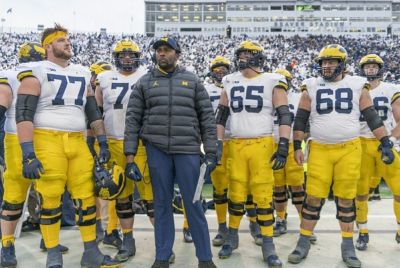F1 US Grand Prix 2012: Vettel on Pole, Where to Watch Live, Weather and Tyre Reports
Defending world champion Sebastian Vettel fought his way to a sixth pole position of the season, at the 2012 Formula 1 United States Grand Prix. The German, who leads Ferrari's Fernando Alonso in the race for this season's championship by 10 points, had to hold off the McLaren of Lewis Hamilton and his own team mate, Mark Webber, but eventually finished on top with a time of 1:35.657.
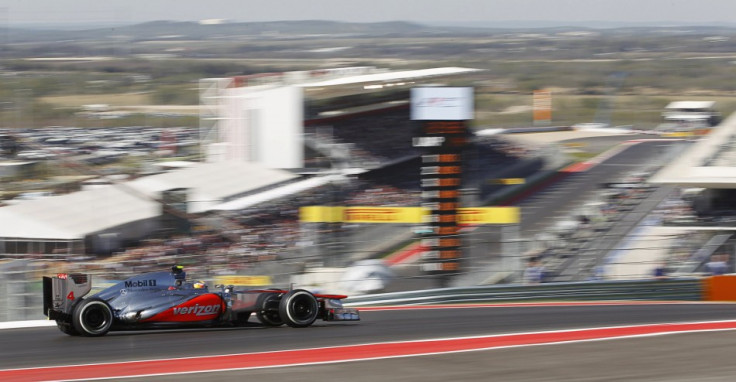
However, it was a disappointing qualifying session for both Ferrari cars. Alonso was thoroughly outpaced by his team mate, Felipe Massa (seventh; 1:36.937), and could only manage ninth with 1:37.300. The Spaniard will have a hard race ahead of him on Sunday and must finish fifth or higher (assuming Vettel wins the race) to take the title fight down to the last stop on this season's calendar - Brazil.
The race to the constructors' crown, held by Red Bull-Racing Renault, has been largely academic for some time now. The Milton Keynes-based outfit, the defending champions, have a commanding 82 point lead over Ferrari and need only five points from these last two races to ensure a third straight title.
Where to Watch Race Live
Live coverage starts from 5.30 pm GMT and is available on Sky Sports F1 HD. You can also follow the race live, via real-time updates, on the Live Timing section of the sport's official Web site. Live radio commentary is available from 6.55 pm GMT on BBC Radio 5 live.
Drivers on Circuit of The Americas
Sunday's race will see 56 laps of the 5.513km Circuit of The Americas in Austin, Texas (click here for a turn-by-turn description of the new track). The circuit, designed by Herman Tilke (who also designed the circuits for the Malaysian, Korean, Indian and Bahrain races) has been extremely well received by drivers and teams. There were complaints, initially, about a lack of grip, with Vettel comparing it to driving on ice and Massa claiming he had never seen a track with so little grip. However, once a bit of rubber was laid down on the racing lines and the drivers familiarised themselves with the corners and the braking points, they began to praise the track.
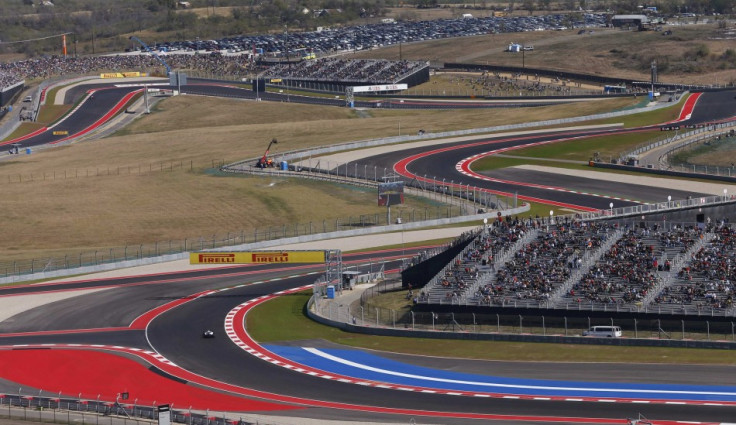
"Personally, I find the final two sectors easier than the first; those high-speed changes of direction (turns six through nine are a sequence of high-speed left-right flicks, similar to the Becketts complex at Silverstone and the Esses at Suzuka) need a good set-up, and balancing that requirement against the demands of the slow-speed stuff is tricky," Hamilton explained after Friday's practice sessions, adding, "Turn One probably looks more exciting from the outside than it does from inside the cockpit - it's certainly not easy, though. You can get oversteer, or lock up, and it's tricky to get a perfect line through there."
Button made the same point about the first corner, comparing it to Turn Three at the Indian Grand Prix (a second gear 80km/h corner that tightens up as cars pass through, only to open on to a long straight). And Lotus' Romain Grosjean, who qualified fifth but starts 10th after an unscheduled gearbox change, also mentioned Turn 19 - the penultimate corner in a stadium section similar to the Hockenheim track in Germany - calling it "unpredictable".
Tyre Talk
Drivers need loads of grip on a new track. And that grip only comes after repetitive running, when constant braking and acceleration through racing lines leaves residual rubber on the track, helping cars to dig their wheels in and transfer power faster and faster.
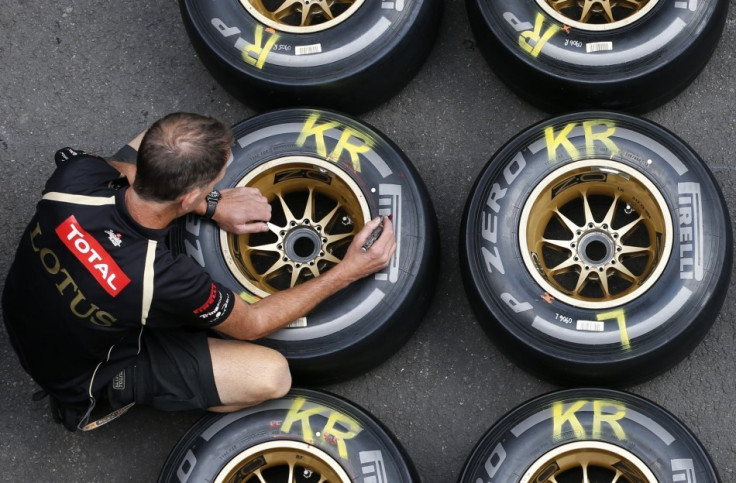
French tyre manufacturers Pirelli have brought their hard and medium compounds (P Zero Silver and P Zero White, respectively) to Austin. The company's motorsports director, Paul Hembery, indicated he was unsure of the level of tyre wear and therefore made the conservative choice of bringing harder tyres.
The way this works is harder compounds tend to last longer but offer less traction and are therefore slower than softer tyres. However, the same harder tyres are better on circuits where the surface is hard or abrasive. As things have turned out in Austin, the new surface has lead to very little tyre wear, meaning drivers are struggling to push heat into the harder compounds and generate quick lap times. And Pirelli have now acknowledged the error.
"The surface itself was a little bit of a question mark, as that was put down very late, and you never know with surfaces if what you measure initially is what you will see on race day. Obviously with the first cars going around here, they haven't had races here in the past, it was one of those situations where we're going into the unknown," Hembery explained, adding he now felt the soft and supersoft (P Zero Yellow and P Zero Red, respectively) for this race.
In any case, based on present tyre and wear and the drivers' reactions, expect a one (or maybe two) stop race.
Weather
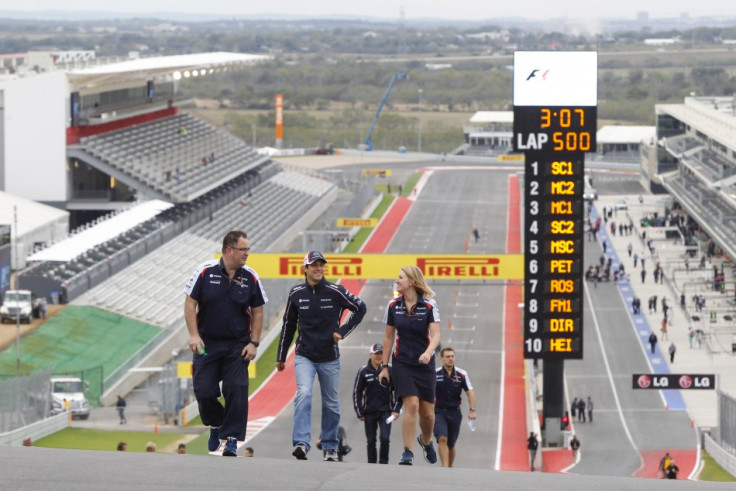
The good news for all the drivers is the weather forecasts in Texas call for sunshine all through the race. There is the possibility of extended cloud cover later in the day but the predictions for the start of the race (1 pm local time) are for clear skies and an ambient temperature of 20 degrees Celsius.
The one point of concern will be the fact Texas weather can be a little unpredictable. Forecasts for the early part of the weekend did call for light showers but, fortunately, those held off. And, given the general contrariness of weather patterns, having predicted sunshine, the rain gods might decide to spoil the party.
However, as of now, expect humidity to be around the 40 percent mark at the start of the race, with 10 percent cloud cover and air pressure of about 1025mb.
Drivers and teams will probably also note that that wind speeds are expected to range between 15km/h and 18km/h for the duration of the race, from a South-South Easterly direction. The problem is the Circuit of the Americas is out in the open, meaning there are no large man-made structures in its vicinity to break the wind. In addition, there is significant elevation change through one lap, as the photograph above shows. A cross-wind at the wrong time could spoil a lap or an overtaking chance but for spectators, it only means more excitement!
© Copyright IBTimes 2025. All rights reserved.



















